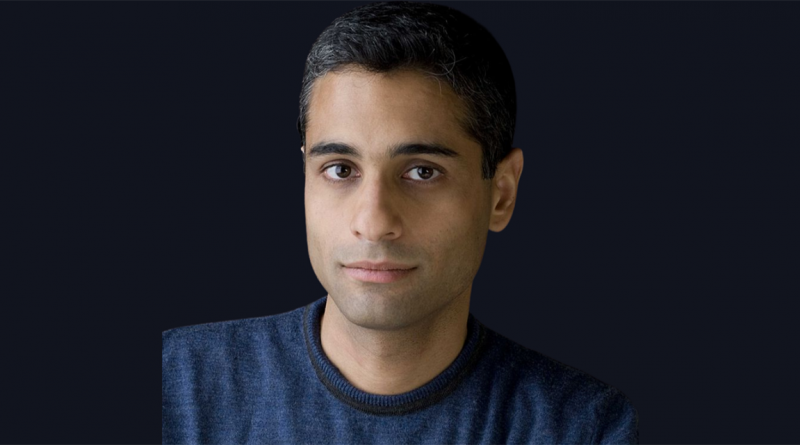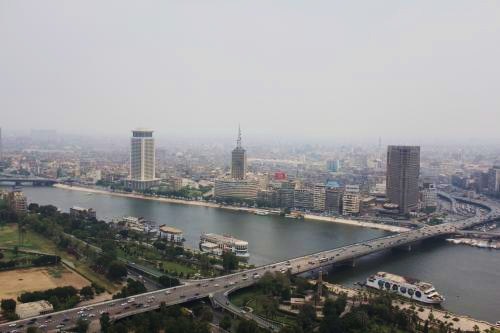Exploitation and Slavery Persist Today, Activist Says
By: Farah Abbas
@itsfarahabbas
Globalization and economies of scale have created a perfect storm for cheap, easy and abundant product consumption. However, there is a darker side to this economic boom – the unconscious participation in modern day slavery.
Activist and author Siddharth Kara explored the phenomena of forced labor, child labor, and other modes of servile labor exploitation in a webinar held by the Gerhart Center Webinar Series.
Kara showed that when people use the term “modern slavery” they’re refering to an umbrella term that captures a range of conditions in which individuals are exploited in circumstances akin to Old World slavery such as being mistreated.
“Even though it may not be legal to treat someone like property, when we say modern slavery, we mean exploiting someone as if they were a property, exerting power over them to compel them to perform labour as if they were less than human and don’t share the same equal dignity and rights that all people are supposed to share,” said Kara, who is a British Academy Global Professor.
Modern slavery persists, he says, because it’s economically advantageous. Since labor tends to be the highest cost component slavery minimises or eliminates labour costs.
“Nowadays, it’s more profitable than probably at any point in human history, because people have become so inexpensive to move and exploit around the world,” said Kara.
This exploitation touches everyone’s lives every day; it’s not some far away thing that’s tucked at the bottom end of the global economy in the shadows.
“We wear slavery everyday, We eat slavery everyday, We use slavery every day and that is because there is slavery, child labour and other forms of extreme labour exploitation at the bottom of dozens of global supply chains across the global south,” said Kara.
Kara explained that slavery is a global problem. For example, the garments made in Bangladesh and sold on the High Street in London could be made from child labour or slave labour.
“It’s something that we just wouldn’t even conceive of as remotely acceptable in our home countries but it’s ok over there for them at the bottom of that chain,” said Kara.
In 2015, the United Nations developed a set of 17 “Sustainable Development Goals” (SDGs) for the year 2030. Two of these goals, SDG 8.7 and SDG 16.2, address child labor specifically.
The UN included taking immediate and effective measures to eradicate forced labour, end modern slavery and human trafficking and secure the prohibition and elimination of the worst forms of child labour, including recruitment and use of child soldiers. The goal is to end child labour in all its forms by 2025.
Kara says raising awareness and having conversations is the most important first step. It also is up to university students to make their campuses slavery free. Universities are big buyers of things for the apparel and so forth all of which is produced in the same supply chains that may have slavery and child labor at the bottom of it such as food in the cafeteria, the sweatshirts in the gift shops and so on.
“Slavery is involved in the mass of construction projects across much of the world. So, we are all integrated and shareholders in the system of modern slavery unwillingly but nonetheless participants,” said Kara.




